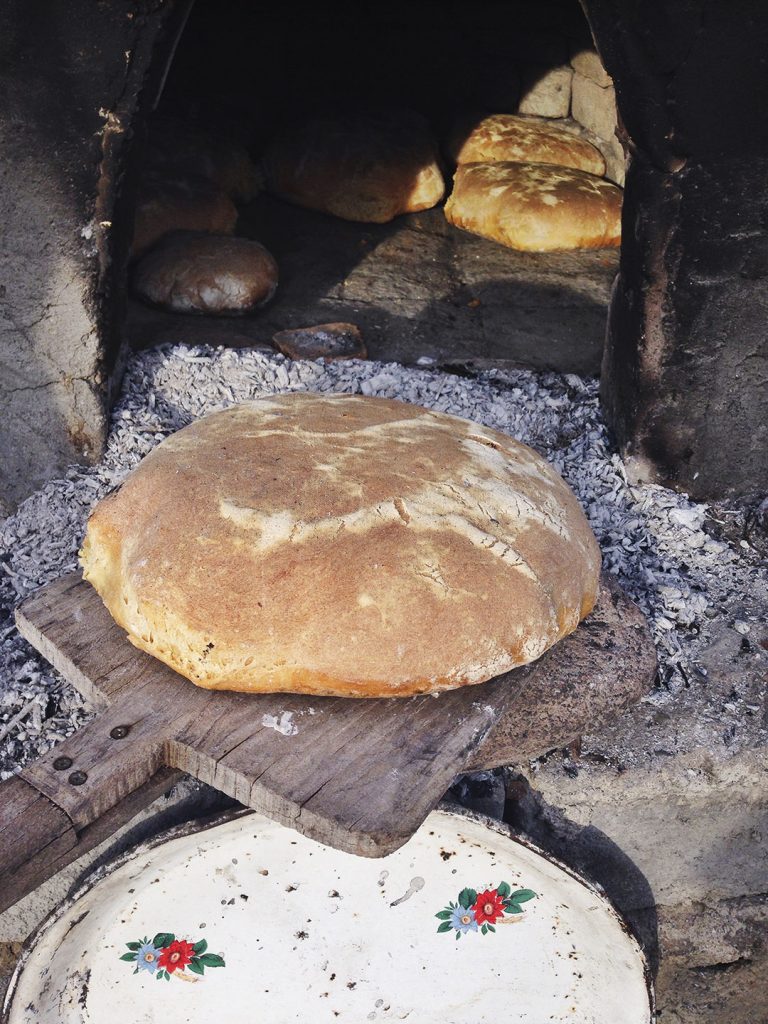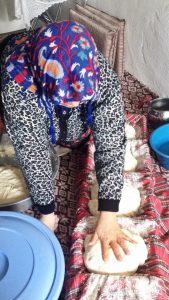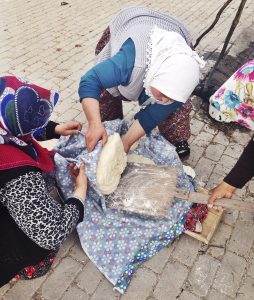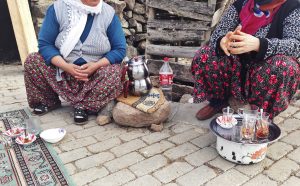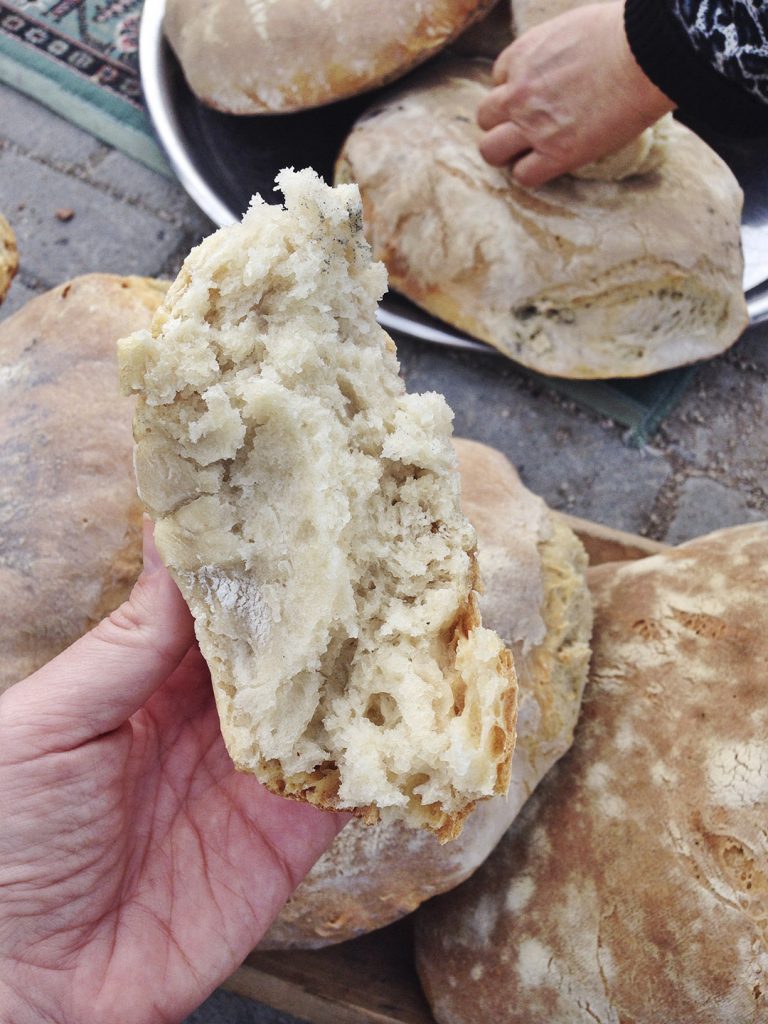A Taste of Village Life
By: Laura Applegath and Jessica Spann
“Good bread is the most fundamentally satisfying of all foods; and good bread with fresh butter, the greatest of feasts.”
― James Beard
I remember waking up to fresh baked bread in the mornings before school. My mom had dumped the ingredients in the bread machine the night before, set the timer, and right around 7 o’clock in the morning, glorious bread with a crispy crust was ready to consume. It wasn’t a family recipe; in fact, I think the recipe actually came from the back of the bread machine manual. But oh, was it good, and we felt like regular homesteaders.
But as I reflect on childhood memories, my mind turns to Fatma, who has been making bread nearly every week since she was around 12 years old. And quite unlike my family, Fatma has her hands on a family recipe; her mother passed it on to her years ago. So, now I begin to wonder if the childhood bread in my memory can even be called homemade at all.
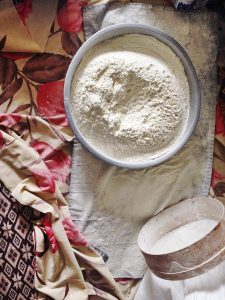
Fatma starts with a big pan into which she sifts the flour, adds the maya (yeast), and then finally adds the hot water very slowly. Her sturdy hands knead the dough, which is sticky and takes some time to mix considering the large quantity.
The whole batch makes about ten loaves. Once all the dough is portioned, it is then covered and left to rise for one to two hours.
After the loaves have risen, Fatma heads over to the neighbor’s house where there is a large outdoor oven that can accommodate all the loaves at the same time. The coals are lit, and once they turn white, she cleans the bread stone with a wet cloth that is wrapped around the end of a large stick.
The ladies work together to take one ball of dough at a time and transfer it to the long wooden peel (or spatula). And then into the oven they go.
The bread cooks for about two hours, which gives the ladies plenty of time to drink Turkish tea. Visitors and passersby often stop and chat for a while as the ladies wait for the bread to finish baking, since Fatma’s neighbor’s house sits on a central street in the village.
Finally, the deliciousness happens. The ladies partake of an extra lump that Fatma had thrown into the oven when the baking commenced. The fresh bread is warm to the touch and melts in the mouth. The rest is taken out of the oven and allowed to cool. The result: a months worth of bread for the whole family with extra loaves stored in the freezer.

